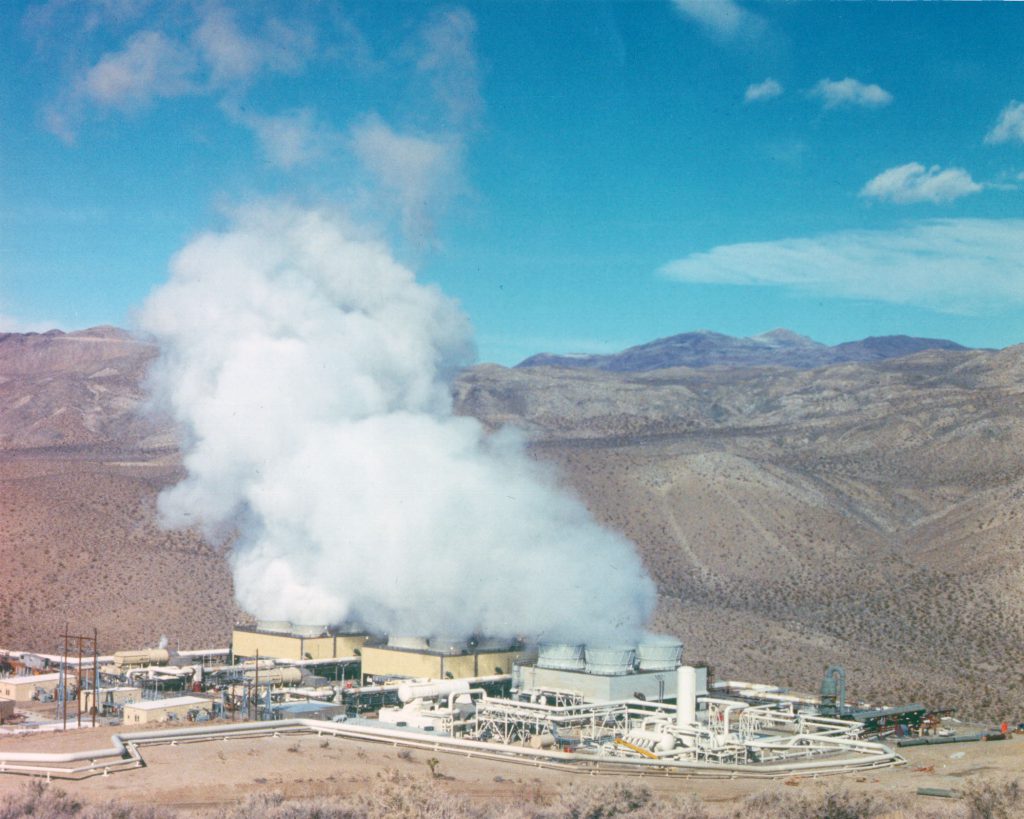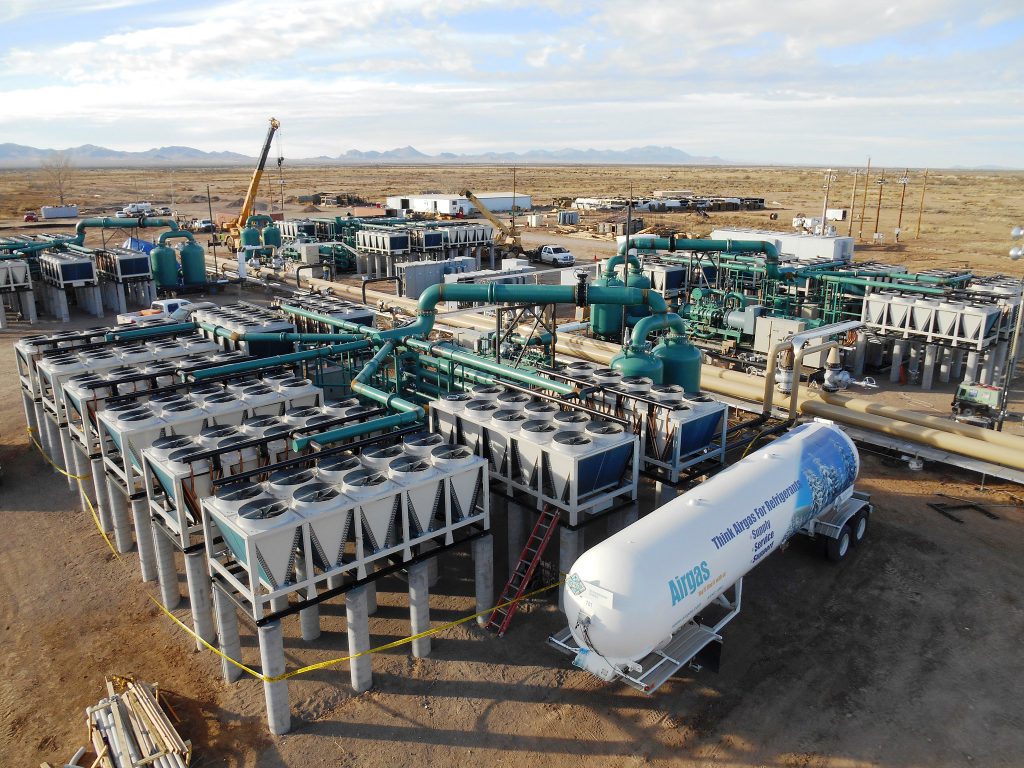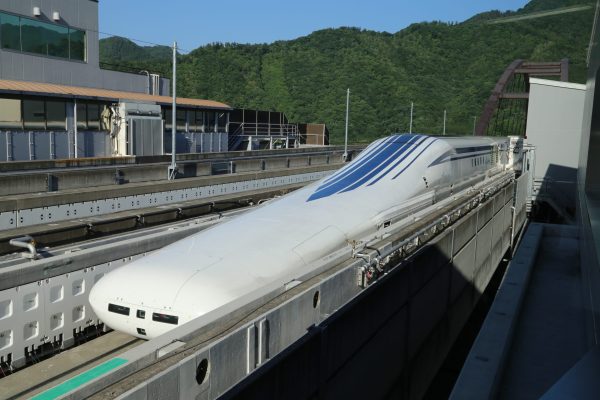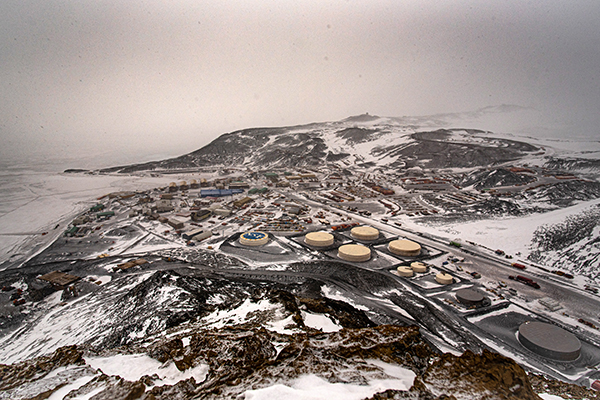By Kirk Phillips
Installations across the Department of the Air Force often are reliant on off-site energy. As extreme weather, cyberattacks, and man-made threats continue to threaten energy infrastructure, the department is constantly looking for ways to make installations more energy resilient, creating more lethal and ready power projection within the U.S. Air Force and U.S. Space Force.
Recognizing these threats and opportunities, the Air Force Office of Energy Assurance was established to lead departmentwide efforts toward energy resilience by evaluating the energy needs of its installations and developing innovative resilience solutions, including prototypes and pilot projects. Since its inception in 2016, the Office of energy Assurance has developed a variety of energy conservation and resilience efforts, including technologies like solar, hydropower, battery energy storage systems, and wind energy turbines. As energy technologies evolve and improve, the office continually reviews innovative solutions to potentially use in developing projects that are resilience based, but climate informed. Right now, under a broad innovative portfolio, the office has its focus squarely on the prospects of geothermal.
BENEFICIAL TECHNOLOGY
Geothermal energy is fueled by natural heat within the Earth’s crust. By its nature, geothermal power avoids fuel security and supply chain threats and, with the generation technology being located on base, the energy supply is more secure. By tapping into the Earth’s natural geothermal resources, installations can harness the relatively constant temperatures of the Earth, resulting in baseload resilient energy for the installations. Importantly, the power source is available 24 hours a day, 365 days a year.
Another benefit of geothermal energy is its clean electricity generation. Geothermal power plants emit little to no carbon dioxide, very low amounts of sulfur dioxide, and no nitrogen oxides. The small quantities of gases emitted from geothermal power plants are natural, minor constituents of all geothermal reservoirs and not the result of the power production process. Geothermal energy also furthers the administration’s push to leverage its own real estate to develop new clean energy sources and help the federal government consume 100 percent carbon-free electricity by 2030.
The development timeline for geothermal projects is generally considered to be between three and 10 years. However, with continued advances in the commercial development of geothermal solutions, these timelines could be expedited, with projects developed closer to the three-year minimum.
Despite all the advantages of using geothermal energy, there are technical, financial, geological, and legal barriers that have hindered the U.S. government’s ability to build geothermal facilities on federal land to directly supply electricity for its critical missions. The U.S. Navy’s geothermal facility at China Lake, Calif., operational since the 1980s, is the only one of its kind in the country. The China Lake facility uses conventional geothermal technology, which limits scaling to other installations. The power it produces is then exported to the grid, not directly to the installation.
The Office of Energy Assurance is now looking to build on the Navy’s success at China Lake by demonstrating geothermal at an installation where it would otherwise be unattainable, and, in the process, help seize the chance to establish a promising capability for the Department of Defense (DOD).

PROTOTYPING PROJECTS
Given the complexity of developing geothermal projects on federal land, the Office of Energy Assurance is exploring using the prototyping process. Along with the Defense Innovation Unit (DIU), we are working together to use its contracting authority to execute prototypes and follow-on production contracts under 10 U.S.C. § 4022 (Other Transaction Authority).
There are many advantages of using the prototyping process that DIU can facilitate for energy resilience projects.
- Leverage Commercial Innovation: Allows DOD to leverage small business and commercial innovation for defense purposes.
- Iterate & De-risk: Allows industry and DOD to iterate quickly on a project concept/technology to de-risk it before committing to a long-term contract (prototyping is exempt from Federal Acquisition Regulations).
- Develop Deal Structure Based on Data: Allows industry andDOD to develop a project concept and deal structure based on data gleaned under the prototype phase.
- Sole-source, Follow-on: If the prototype is successfully completed, DOD can award a sole-source, follow-on contract.
We are excited to begin
developing some of the
nation’s first
geothermal energy
prototype projects and
envision breaking
ground on them within the
next three years.
Our preference is to not own, operate, or maintain the geothermal facilities. We are hopeful that with our land, credit rating, and deep desire to purchase clean, resilient electricity under a long-term contract, we will have companies interested in being part of our efforts and host the facilities at or next to our installations.
The Office of Energy Assurance and DIU collaborated on a Phase 1 solicitation for innovative, third-party financed geothermal prototypes and project ideas in January 2023 to “address energy resilience needs through geothermal electricity generation and distribution” at Mountain Home AFB in southwest Idaho and Joint Base San Antonio in southcentral Texas.
If the advanced geothermal technology prototype is successfully completed, the down-selected vendors will provide a thoroughly vetted business model and supporting technical data for procuring resilient, clean, onsite electricity from a yet-to-be-constructed geothermal facility at the two installations. The Air Force will evaluate the technical and financial feasibility of the business model to determine if it makes sense to enter into a long-term Power Purchase Agreement. It then will determine whether the proposed advanced geothermal project is technically and financially feasible, and award the vendors a sole-source follow-on production contract where we would execute the long-term Power Purchase Agreement so the vendor could build the facility.
The solicitation received a substantial number of submissions, and the review process is underway. We are hopeful it will take approximately five years from the start of the project until the time we can procure the electricity. If this effort is successful, it will be the federal government’s first utility-scale geothermal capability to directly supply electricity to a facility.

MISSION ASSURANCE
The Office of Energy Assurance is committed to the vision of “Mission Assurance through Energy Assurance.” We are excited to begin developing some of the nation’s first geothermal energy prototype projects and envision breaking ground on them within the next three years.
While newer technologies are less mature and carry a different risk profile, we are leaning forward to establish geothermal as a long-term, durable solution that can be applied to most installations. This is a critical moment for the geothermal industry, our country, and the nation’s defense infrastructure. Newer geothermal technologies hold the promise of providing resilient energy to support critical missions, even during a grid outage, at installations across the world, not just in naturally occurring geothermal hotspots. These cutting-edge energy technologies could make geothermal energy more accessible in the United States overall, allowing for more opportunities to use this potentially vast source of clean baseload electricity.
Nothing this momentous is accomplished in a vacuum, and we will need to rely on our entire federal family as well as industry, academia, and third-party financiers. We are proud to be helping lead the way and make the path for future geothermal efforts.

production while supporting energy resilience. PHOTO COURTESY BUREAU OF LAND MANAGEMENT NEW MEXICO
Kirk Phillips is Director, Air Force Office of Energy Assurance; kirk.phillips.3@us.af.mil.
More News from TME
-

Developing a Maglev Network for National Defense
A transportation network leveraging superconducting magnetic levitation technologies would bring benefits for logistics, surface transportation, and energy storage, as well as strengthen national defense priorities and the defense industrial base. -

A New Horizon for Scientific Research
The Antarctic Infrastructure Modernization for Science Project, currently underway in arguably the most remote and extreme environment on Earth, is modernizing research facilities at McMurdo Station to promote resiliency, improve sustainability, and increase energy efficiency. -

SAME DC & Baltimore – Sun. May 18 – Tour the N.S. Savannah (Free Event!)
Join the SAME DC & Baltimore Posts as we celebrate National Maritime Day 2025 with the N.S. Savannah Association for an open house tour of the N.S. Savannah on Sunday, May 18 from 10 am – 4 pm (Meet up at 1:30 pm). This event is free and open to the public. No RSVP is […]